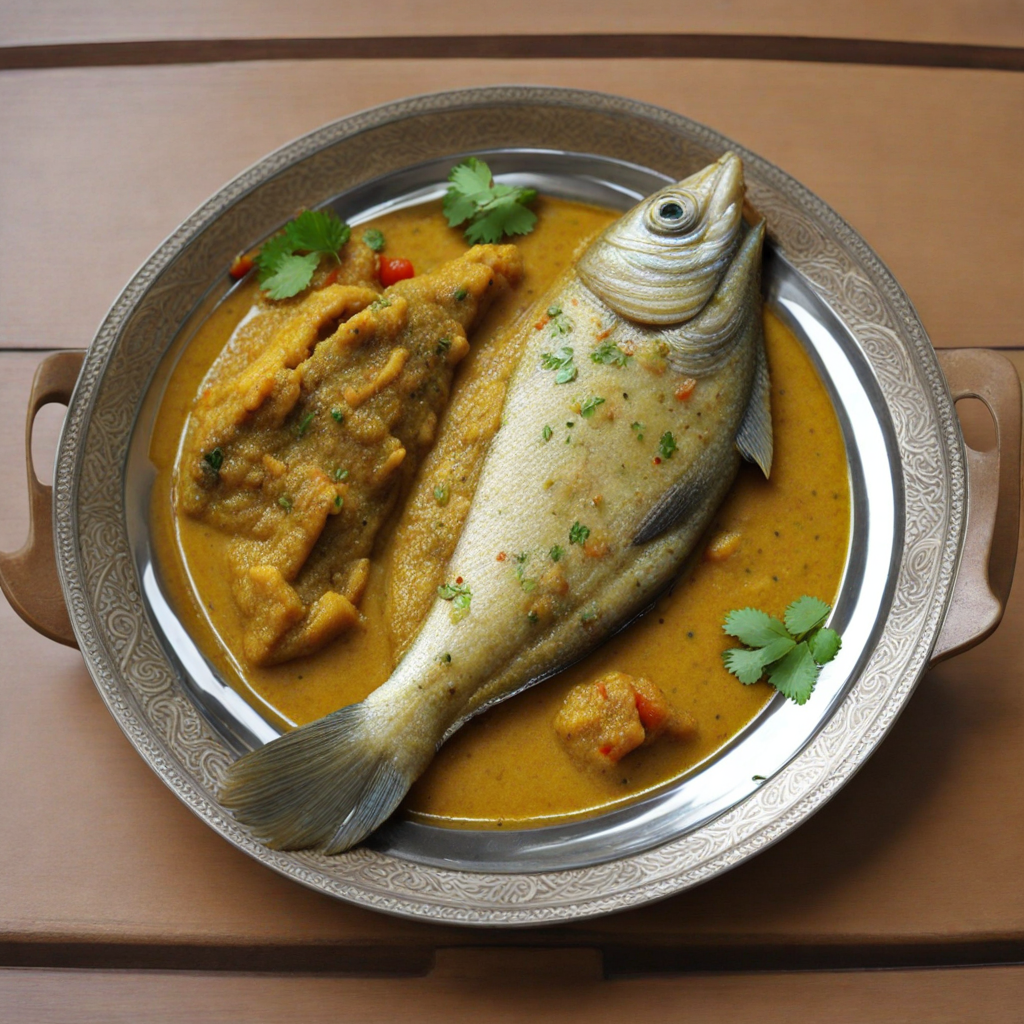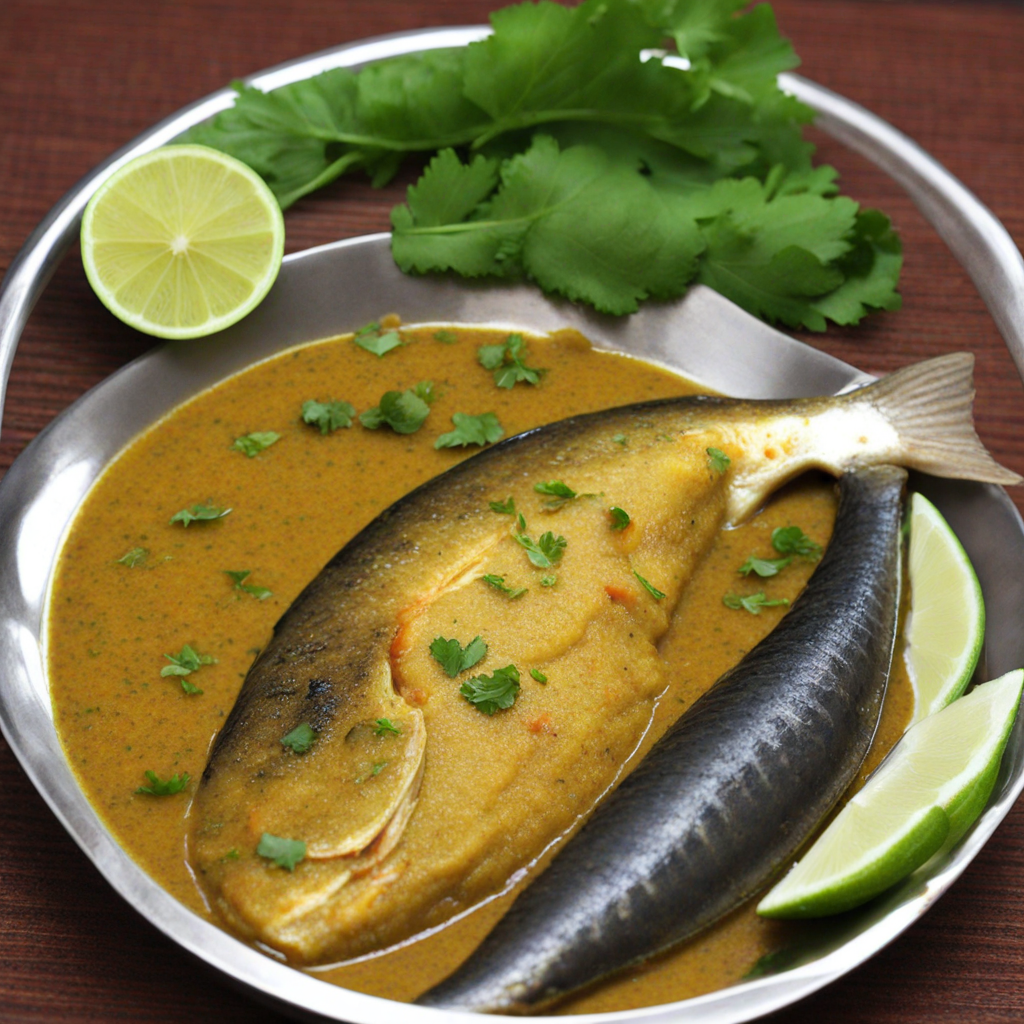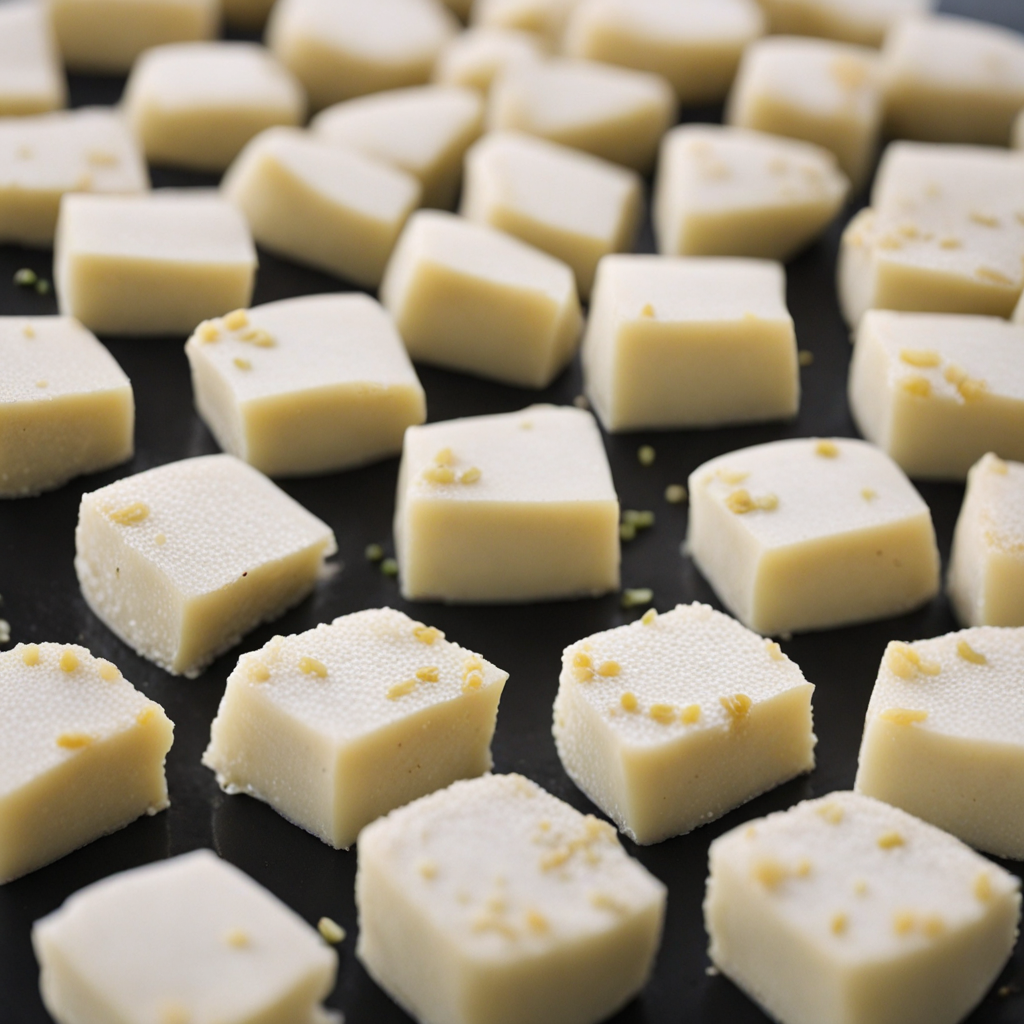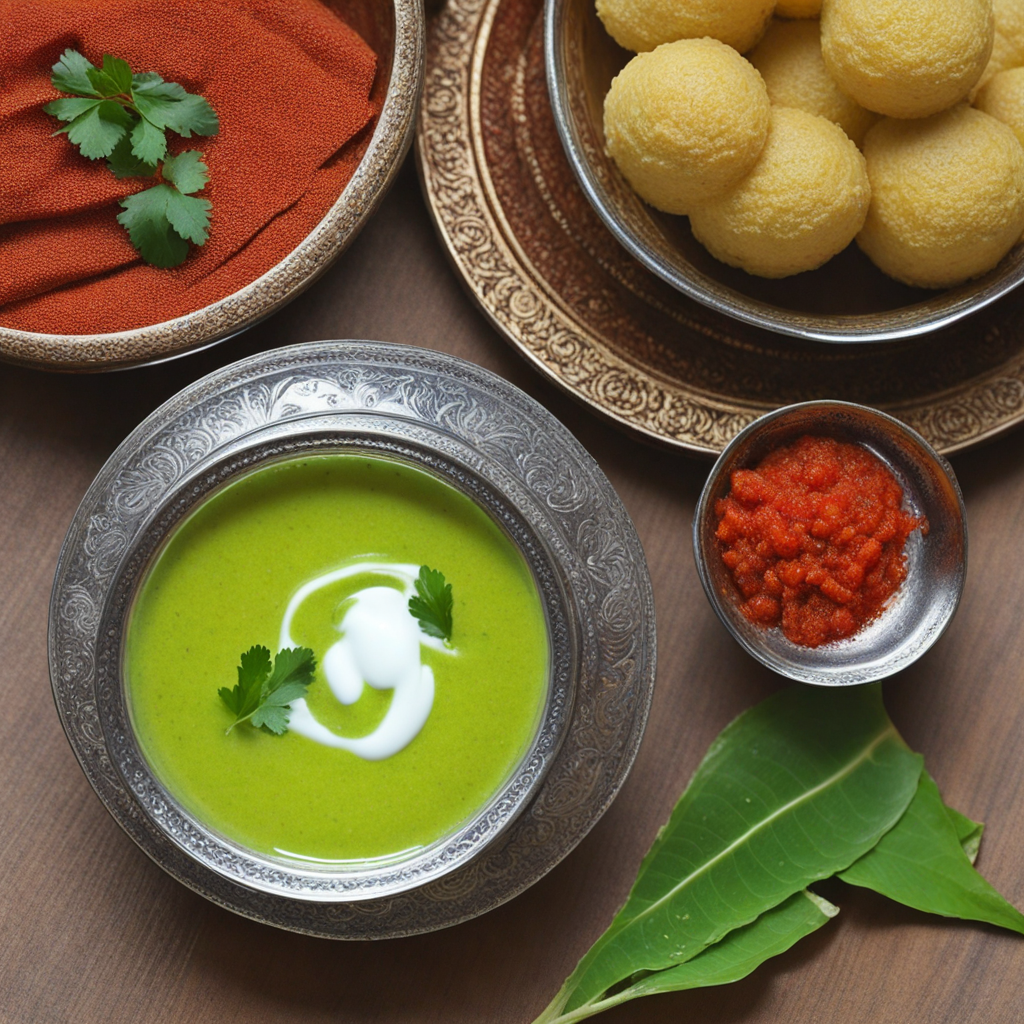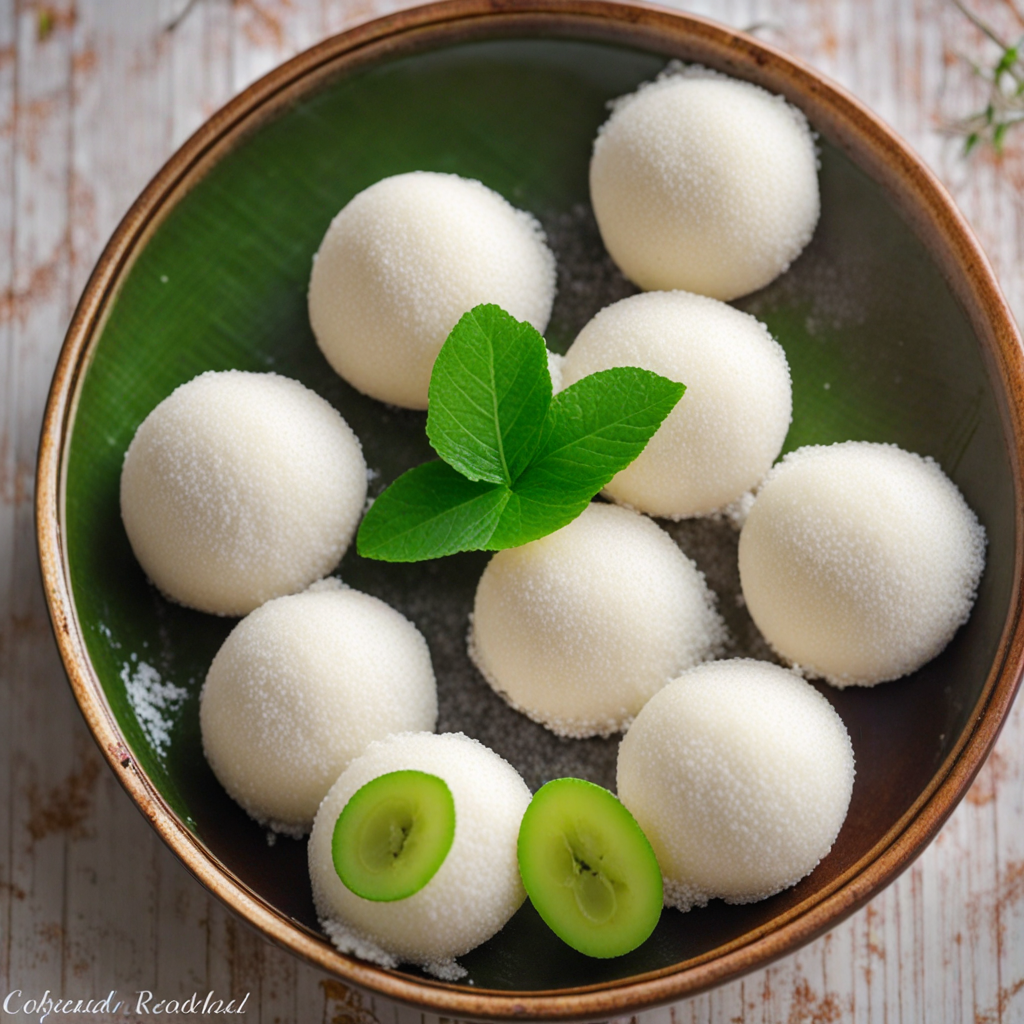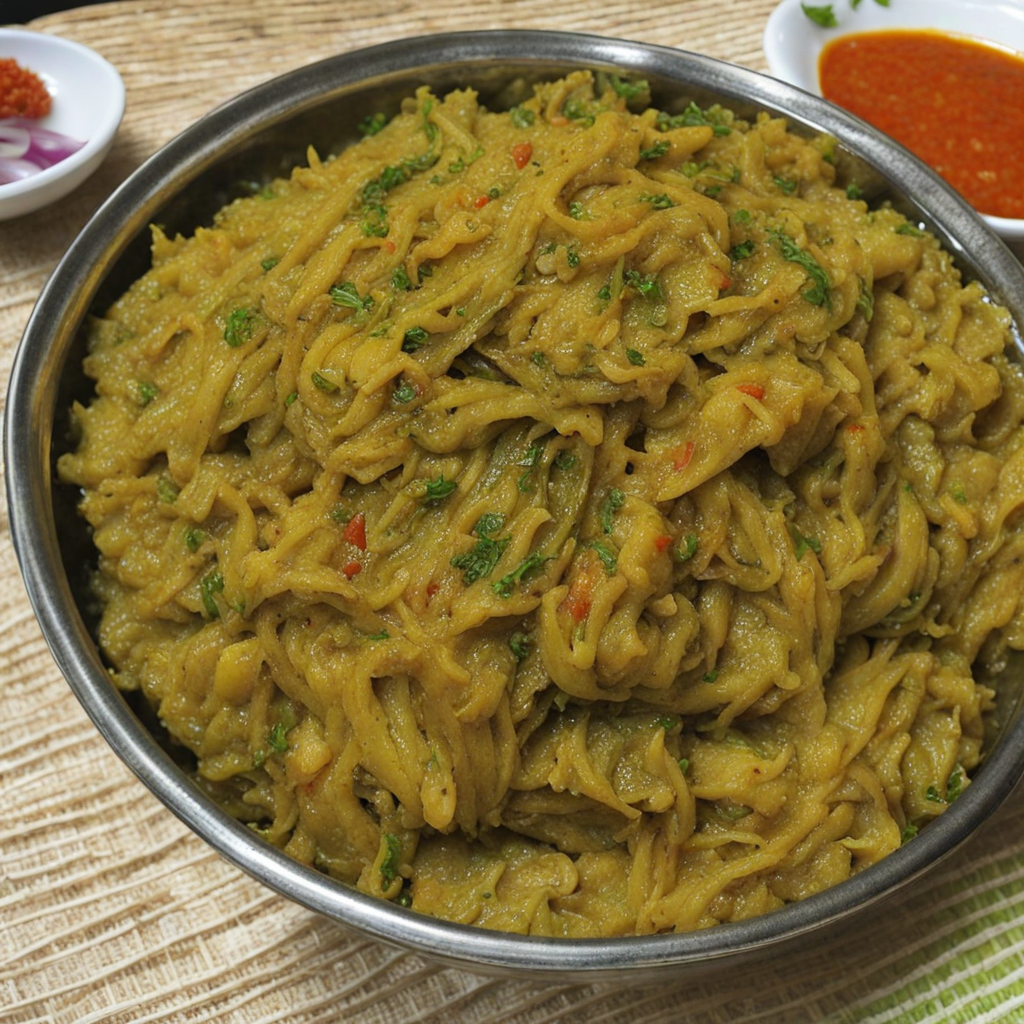Hilsa Curry
Hilsa Curry, known locally as "Ilish Masala," is a quintessential dish from Bangladesh that showcases the country's rich culinary heritage. The star of this dish is the hilsa fish, a prized catch from the rivers of the Bengal delta, famed for its unique flavor and delicate texture. The fish is typically cut into steaks and cooked in a vibrant, aromatic curry that highlights the essence of Bengali spices. The combination of mustard seeds, turmeric, red chili, and green chilies creates a bold flavor profile that complements the natural richness of the hilsa, making every bite a delightful experience. To prepare Hilsa Curry, the fish is usually marinated with salt and turmeric before being gently simmered in a sauce made from a blend of spices, mustard oil, and sometimes coconut milk. This cooking method ensures that the fish remains tender and moist, absorbing the spices' warmth and depth. The curry is often garnished with fresh coriander leaves and served hot, allowing the robust flavors to shine through. The dish is best enjoyed with steamed rice, which acts as a perfect canvas to soak up the flavorful sauce. Beyond its taste, Hilsa Curry carries cultural significance in Bangladesh, often served during festive occasions and family gatherings. The dish not only reflects the local ingredients and cooking techniques but also embodies the essence of home-cooked meals cherished by many. For those looking to expand their palate and dive into the world of Bangladeshi cuisine, Hilsa Curry is a must-try that promises to leave a lasting impression with its exquisite flavors and rich traditions.
How It Became This Dish
The Culinary Journey of Ilish Machher Jhol: A Taste of Bangladesh #### Origins of Ilish Machh Ilish Machh, or hilsa fish, is not just any fish in Bangladesh; it is a cultural emblem, revered for its flavor and significance. The scientific name of the hilsa is *Tenualosa ilisha*, and it is a species of herring found in the Bay of Bengal and the rivers of South Asia. The prominence of hilsa in Bangladesh can be traced back to ancient times, with references found in historical texts, folklore, and poetry. The fish thrives in the brackish waters of the Sundarbans, the world's largest mangrove forest, which stretches across the delta of the Ganges, Brahmaputra, and Meghna rivers. The region's unique ecosystem provides an ideal breeding ground for hilsa, making it a staple in the diets of the local population. The fish's migratory patterns, moving from salty to freshwater, have created a deep connection between the fish and the cultural practices of the Bangladeshi people. #### Cultural Significance Ilish Machh is much more than a food item; it is a symbol of heritage and identity in Bangladesh. Its association with festivals and special occasions is profound. The hilsa fish is traditionally consumed during major celebrations, including Eid-ul-Azha and Durga Puja, and is often served to honor guests. In Bengali cuisine, the fish is celebrated for its rich, oily texture and distinct flavor, making it a beloved choice for many households. The preparation of Ilish Machher Jhol (hilsa fish curry) is a cherished tradition, often passed down through generations. The dish itself embodies the essence of Bangladeshi cooking: simplicity, freshness, and a celebration of local ingredients. The recipe typically consists of hilsa fish pieces cooked in mustard oil with spices such as turmeric, red chili powder, and green chilies, creating a flavorful and aromatic experience. #### Development Over Time The evolution of Ilish Machher Jhol reflects broader changes in Bangladeshi society and culinary practices. Historically, fishing communities revered hilsa, and its consumption was largely limited to coastal areas. However, as urbanization grew and transportation improved, hilsa became widely accessible across the country. This transition allowed for the integration of hilsa into various regional cuisines, each adding its unique twist to the preparation. In the late 20th century, the rise of commercialization and globalization presented both challenges and opportunities for hilsa. The demand for hilsa increased, leading to overfishing and concerns about sustainability. In response, the Bangladeshi government instituted regulations to protect hilsa populations, promoting responsible fishing practices. This emphasis on sustainability has also influenced culinary practices, with chefs and home cooks alike seeking to highlight the fish's natural flavors while ensuring its preservation for future generations. In contemporary times, Ilish Machher Jhol has gained recognition beyond the borders of Bangladesh. Bangladeshi expatriates around the world cherish the dish as a connection to their homeland. Restaurants specializing in Bengali cuisine have emerged in various countries, introducing hilsa and its preparations to a broader audience. Chefs are now experimenting with traditional recipes, incorporating modern techniques and ingredients, while still honoring the essence of the dish. #### The Making of Ilish Machher Jhol The preparation of Ilish Machher Jhol is an art form, combining traditional techniques with a deep understanding of the ingredients. The dish begins with the selection of fresh hilsa, which is typically cut into pieces. The fish is marinated with turmeric and salt, enhancing its natural flavor. One of the most distinctive aspects of the dish is the use of mustard oil, a staple in Bengali cooking. The oil is not only a cooking medium but also adds richness and depth to the final dish. The cooking process involves heating the mustard oil until it reaches a smoking point, which helps to eliminate its raw flavor. The marinated fish pieces are then gently placed in the hot oil, allowing them to sear and develop a golden crust. Spices such as cumin seeds, green chilies, and ginger paste are added, creating a fragrant base for the curry. Finally, water is added to form a thin gravy, and the dish is simmered until the fish is cooked through, absorbing the spices while remaining tender. The final presentation of Ilish Machher Jhol is often accompanied by steamed rice, a combination that is a quintessential part of Bengali meals. The juxtaposition of the spicy, savory curry with the subtle flavors of the rice creates a harmonious balance that is both comforting and satisfying. #### Conclusion Ilish Machher Jhol is a dish that encapsulates the heart and soul of Bangladeshi cuisine. Its rich history, cultural significance, and evolution over time reflect the resilience and adaptability of the people of Bangladesh. As the world becomes more connected, the appreciation for this dish continues to grow, allowing it to transcend geographical boundaries while remaining deeply rooted in tradition. For many Bangladeshis, the taste of hilsa is intertwined with memories of family gatherings, celebrations, and the warmth of home. As the culinary landscape evolves, the essence of Ilish Machher Jhol remains a testament to the nation's heritage, embodying the flavors of the past while embracing the future. Whether savored in a modest home or a bustling restaurant, Ilish Machher Jhol is a reminder of the beauty of Bangladeshi culture, celebrated through the simple act of sharing a meal.
You may like
Discover local flavors from Bangladesh


